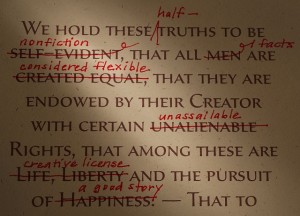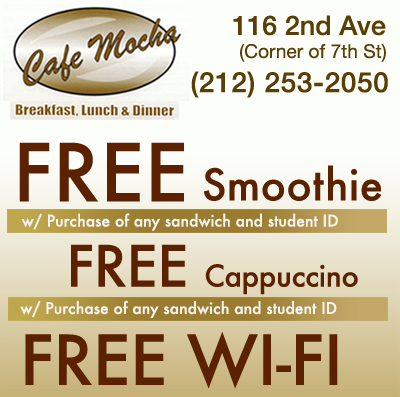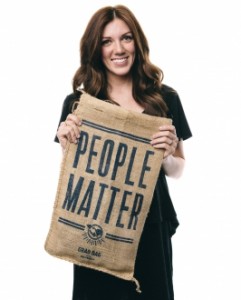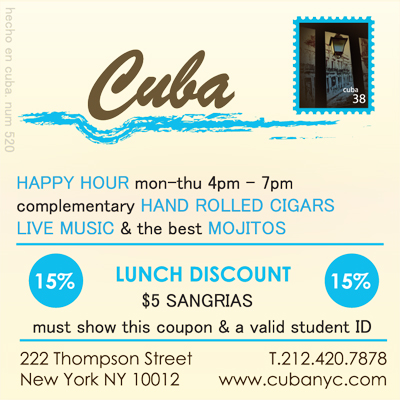
"...one of the most significant U.S writers to emerge in the past few years." - David Foster Wallace
“It seemed to us we we’re a very great people” – The United States of America

John D'Agata
A week into November of last year at the University of Arizona, right around when the leaves of date palms litter the walkways all over Tucson, I found myself in a familiar place: nose wedged in a book, eyes drowned in its ephemeral words, limbs temporarily frozen and forgotten; I was lost. My wasteland: the nuclear storage fields at Yucca Mountain, Nevada. My drug: our future. My spirit guide: John D’Agata. About a Mountain is one of those rare firecrackers of books that not only sparks widespread controversy, but does so for a reason only other writers, penetrating thinkers, acerbic comedians and unattractive vampires can appreciate – being misunderstood. It took all of 10 pages before someone who didn’t fall into one of those categories – ironically, a geology professor (who is a leader in his field, and thus remain unnamed) – was overwhelmed by what could only have been a personal agitation that superseded general human etiquette, to point out – let’s say less than eloquently – that an entire book was dedicated to fact-checking the 200 pages of brilliance that laid in my hands, and unequivocally supported a conclusion that many readers had come to: in About a Mountain, John D’Agata is at his best, and John D’Agata is completely full of shit.
It isn’t hard to see why. Consider the book’s opening lines, describing Las Vegas’ centennial: “If you take the population of Las Vegas, Nevada, and you divide that by the number of days in the year, there should be 5,000 people in the city and its suburbs with a birthday on the same day that Las Vegas began. On the hundredth anniversary of its founding, however, Las Vegas had only gathered twenty-nine of those people.” Alongside lines such as the dedicatory inscription at the beginning of this review – in particular, one’s seemingly intended for an exceedingly enlightened, mysterious audience somewhere in the distant future – D’Agata immediately introduces readers to his favorite (and, unsurprisingly, most misunderstood) move: bending time and place while simultaneously trapezing between the ledges of fact and fiction. It is in this uncomfortable domain of the known and unknown where D’Agata’s peculiar logic, his idiosyncratic mind, and fascinating personal experience are employed (and shine) to reexamine not only where we are, but also where we’ve been; and most portent – where we are going.
You might have noticed that I’ve reached several hundred words without actually diving into the masterful narrative that Charles Bock of The New York Times called “unquestionably art, a breathtaking piece of writing.” A review that reprimanded – and derided – the artist only a few paragraphs later for the same reasons for which it initially protruded with admiring jaundice: “I don’t know what to think. What’s specific or representative or smudged? Pandora’s box is wide open.” What Mr. Bock fails to realize, despite his awareness of D’Agata’s explicit claim that “I[He] is in search of art” and not fact is that this was precisely the book’s purpose – one that (perhaps without the reader’s acknowledgement) it polemically fulfills.
So why should you, or anyone, really care? The overarching message of About a Mountain serves as a messianic compass as we attempt to successfully navigate our way through this precarious storm of cultural and technological chaos. More than ever, the ability to critically parse between fact and fiction, numbers and art, truth and wisdom is paramount to our continued existence; one that is worth preserving anyway. The book itself weaves an in-depth coverage of the political suave and maneuvers used to re-interpret a million year problem into a 10,000 year solution (an absolutely stunning metaphor for the pattern of thinking that has lead us here) along with the tragic story of Levi Presley – a boy who jumped off the Stratosphere tower in Vegas – and the connection of his death to D’Agata’s own experience answering calls on a suicide hotline. It is because, not despite, this discordance that D’Agata’s ambition and pursuit of art is realized. Here, the details that are debated (resolved with end notes in later editions) – from the significant, such as the day of Levi’s death, to the minuscule, such as the actual color of hills in the Nevadan autumn – are irrelevant. Keeping up? Good. Because it is through this very deliberate and aesthetically striking ridiculing of fact, or knowledge, that any of the information is made relevant.

credit: IowaNow
Creative Nonfiction is not journalism – D’Agata despises the term, instead championing the “essay”, invoking Montaigne’s “essai”, meaning ‘an attempt or trial’ to route the journey of consciousness throughout a narrative; a provocative stance to say the least. His elastic perspective regarding this paradigm is manifested in the titles of the book’s chapters: starting with the journalistic staples of “Who, What, How, Where and When” and concluding with a trifecta that outlaws objectivity entirely, “Why, Why, Why.” Certainly, this complex concept is beautifully articulated when he writes, “Clear that if I point to something like significance, there is the possibility that nothing real is there. Sometimes we misplace knowledge in pursuit of information. Sometimes our wisdom, too, in pursuit of what’s called knowledge.” Indeed this is a hefty price to pay for maintaining the beloved boundary, the artificial security, between objectivity and subjectivity, where intellectual vertigo and doubt are priceless casualties in the name of conventional tradition. D’Agata’s perspicacious observation is further reflected in the portrayal of back-door politicians who recommend the feasible option instead of confronting the truth with wisdom. Despite the borderline infinite data on Yucca Mountain, “a place that we have studied more thoroughly at this point than any other parcel of land in the world… still it remains unknown, revealing only the fragility of our capacity to know.”
“When we are not sure, we are alive.” – Graham Greene
While I can’t direct you anywhere in the city with palm trees year round, there are plenty of opinionated strangers everywhere. So why not grab a copy of About a Mountain and head to Cafe Mocha, fill up with a great sandwich, then focus in with a free Cappuccino (using the coupon below), and if you absolutely can’t help yourself, ‘fact-check’ this monumental work with their free WiFi.

Mahad Zara, The University of Arizona and Columbia University, Read my blog and follow me on Twitter
Click here to download the Campus Clipper iTunes App!
Follow Campus Clipper on Twitter or keep current by liking us on Facebook
Interested in more deals for students? Sign up for our bi-weekly newsletter to get the latest in student discounts and promotions. For savings on-the-go, download our printable coupon e-book














 If you have had the same professor for a new class, you are already at an advantage in terms of building a quality professor-student relationship. However, whether a great deal of time has passed or not, you still want to be able to maintain that relationship. After the first class with a well-acquainted professor, go and say hello. Tell him or her that you are excited to be taking the class and look forward to having a great experience like that of the last class you had with him or her. This move and can make your relationship stronger and will let the professor know that you are a serious student.
If you have had the same professor for a new class, you are already at an advantage in terms of building a quality professor-student relationship. However, whether a great deal of time has passed or not, you still want to be able to maintain that relationship. After the first class with a well-acquainted professor, go and say hello. Tell him or her that you are excited to be taking the class and look forward to having a great experience like that of the last class you had with him or her. This move and can make your relationship stronger and will let the professor know that you are a serious student. do as well in the class as you hoped, and you end up taking the class over, I would advise something different. Instead of going up to the professor after class, you should visit the professor during his or her office hours. Meeting a professor during office hours can set a more intimate and professional meeting atmosphere and gives you more time to communicate. Tell your professor that you are thankful to be allowed to take the class over and that you look forward to doing better this time around. Your professor will know that you mean business, and he or she will have a clean impression of you instead of the one you last made.
do as well in the class as you hoped, and you end up taking the class over, I would advise something different. Instead of going up to the professor after class, you should visit the professor during his or her office hours. Meeting a professor during office hours can set a more intimate and professional meeting atmosphere and gives you more time to communicate. Tell your professor that you are thankful to be allowed to take the class over and that you look forward to doing better this time around. Your professor will know that you mean business, and he or she will have a clean impression of you instead of the one you last made.











